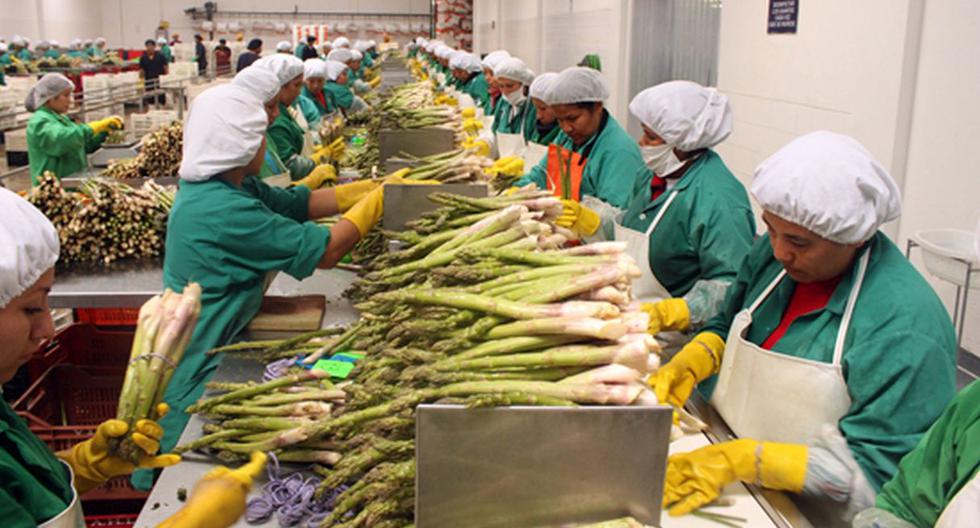Between January and November 2021, Peruvian shipments abroad generated a total of 3,326,746 jobs (between direct, indirect and induced), an increase of 22.6% compared to the same period in 2020 (2,714,000) and a new historical record in that period, reported the Center for Research on Global Economy and Business of the Exporters Association (CIEN-ADEX).
Positive figures were observed in all sectors, mainly due to the low base of comparison –in March 2020 the quarantine began in the country due to the COVID-19 crisis–, and a positive rate (16.9%) is also shown in relation to to January-November 2019, which exceeded what was recorded before the pandemic.
In November alone, the ‘stock’ stood at 358,202, which represented an increase of 6.8% if compared to the same month of 2020, supported by the greater employability associated with non-traditional shipments (11.8%), but attenuated by the behavior of the traditional (-1%). In general, falls were seen in mining (-14.2%) due to stoppages in deposits, in fishing for direct human consumption (-31.6%), metalworking (-3.1%) and wood (-13.3%).
Compared to November 2019, the increase was 19%, thus maintaining a 2-digit growth rate compared to the pre-pandemic period (in September and October it increased by 33% and 23%, respectively). ).
Adex specified that although a positive trend was observed last year, 2022 aims to be complicated as many economies will return to normal, for which Peru must take advantage of the situation to prepare.
By sectors
The labor ‘stock’ of the primary sector, as of November 2021, was 1,250,146, which meant an increase of 24.1% and a representation of 37.6% of the total; and that of the non-traditional 2,076,601, with which it grew 21.7% and concentrated 62.4%.
Agribusiness positioned itself as the most labor-intensive activity, obtaining a record of 1,372,783 (evolution of 14.4%) thanks to the greater shipments of ‘superfoods’ to the foreign market, since having greater added value generates more jobs. work throughout all production chains.
Traditional mining was the second item with the greatest employment boost, reaching 833,542 and an increase of 31.9%. Likewise, it was the most dynamic as it generated the most new jobs (201,576), especially due to the largest shipments of copper, gold, iron, zinc, lead, among others.
In third place, traditional agriculture was located, registering 324,284 jobs and an increase of 2.8%, due to higher volumes of coffee, followed by clothing with a ‘stock’ of 259,055 and a positive variation of 58.5%, driven by the increased demand for labor to manufacture and export products such as cotton t-shirts, sweaters and vests, pajamas, baby clothes, dresses and more.
In fifth position was fishing for direct human consumption (CHD) with 165,742 (13.4%) thanks to the greater demand for giant squid and frozen and canned squid, prawns and their tails, scallops, horse mackerel, trout fillets, mackerel frozen, among others.
The ranking is completed by traditional fishing (86,808), iron and steel (57,522), textiles (48,448), non-metallic mining (44,641), ‘several’ (38,272), chemical (36,600), metalworking (29,425), wood (24,111) and hydrocarbons 5,531.

















